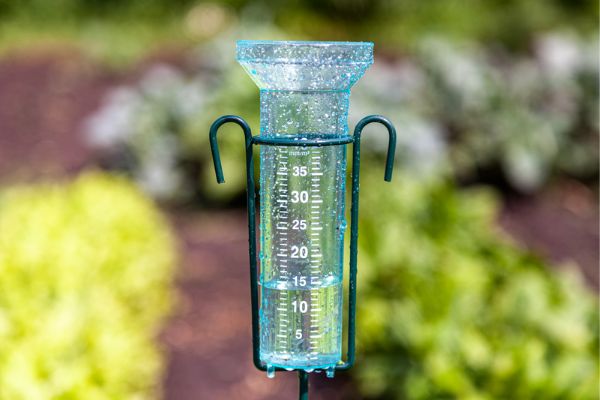Rain Water Harvesting

It’s a simple, indigenous technology being practiced in India for centuries. The concept involves collection of rain water, either in natural reservoirs (aquifers) and / or in constructed tanks. RWH helps in achieving self-sufficiency in water, raises ground water level, Improves ground water quality and helps to reduce soil erosion. It is a less expensive and easy to maintain system.
Why Rain Water Harvesting?
- India faces a turbulent water future. Unless current inefficient water management practices are changed, India will face a severe water crisis in coming decades. It will not have adequate self funding to build new infrastructure nor will the sufficient water be available for its growing Economy and rising population (As per World Bank Report 2006).
- Rain Water Harvesting can be implemented at minimal cost for all constructions by adopting RWH system in the planning and initial stages of construction.
- Industries and factories can certainly implement RWH system, since large roof areas are usually available for roof top rainwater harvesting.
- For buildings/commercial places facing acute water shortage and meeting the water demand through tanker water; RWH system substantially reduces dependency on tanker water and also gives financial benefits. Basic Scheme of RWH
- Water flowing from the terrace area of the structure, surface area of the ground in the rainy season shall be channelized through the pipes and storm water drain and collected in the percolation pits.
- Through the percolation pits the existing and proposed bore wells / ring wells will get recharged and the water can be available for use throughout the year.
